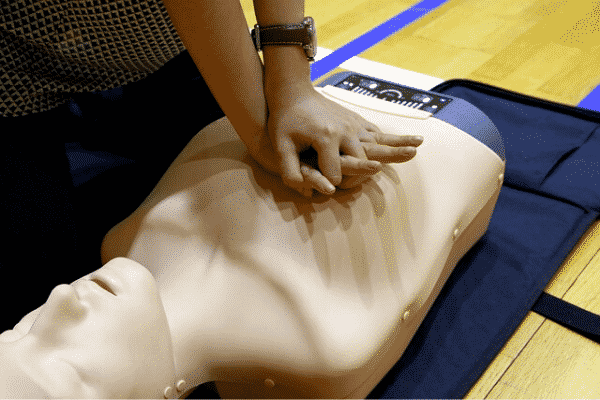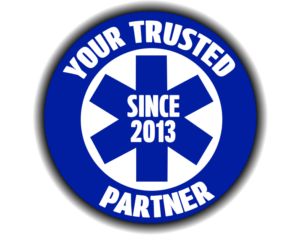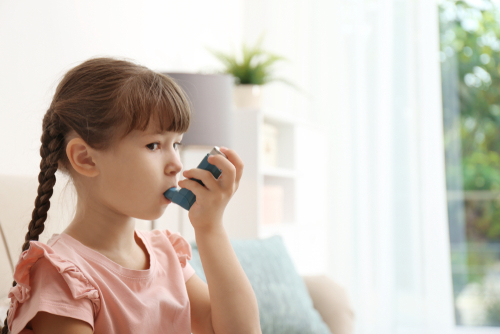
How to Properly Clean and Disinfect CPR Manikins
Properly Cleaning and Disinfecting CPR Manikins
Designed to reflect an adult’s torso, CPR manikins are perfect for teaching chest compressions and emergency breaths. Because many people may be involved in classes, it’s vital to clean and disinfect training manikins. Therefore, one should know how to properly clean and disinfect the different parts of the manikins. The manikin parts can be cleaned manually or automatically.
The Manual Cleaning Process
There are two ways to clean a CPR manikin manually: using a soap solution or sodium hypochlorite.
Soap Solution Cleaning Process
This involves disassembling the face mask and the face connector and submerging them in a soap or detergent solution with a water temperature of 60 to 70 degrees F for twenty minutes. After that, rinse thoroughly in clean water and let the parts dry completely.
Sodium Hypochlorite Cleaning Process
Because of its antimicrobial capacity, sodium hypochlorite is another option for a cleaning solution. This cleaning process involves disassembling the face mask and connector and submerging them in a 0.5% sodium hypochlorite solution for 20 minutes. The face mask and connector are then rinsed in warm water (30 to 40 degrees F) for about two minutes. After that, all parts should be dried thoroughly.
The Automatic Cleaning Process
The manikins, particularly the face mask and connector, can be cleaned by a domestic dishwasher or multi-washer systems. The domestic dishwasher cleaning process involves disassembling the face mask and connector and using the domestic dishwasher set at 70 degrees F.
There are various multi-washer options for CPR manikins, such as Top Clean 60. However, one must be careful with the detergents used to ensure that the ingredients will not cause manikin degradation.
Other parts of the training manikins such as the chest, plastic parts, and clothing can be cleaned using hot water and soap. However, for the chest, one must recognize whether the manikins’ skin is made of a skin patch or AED electrodes from Coast Biomedical Equipment. Electrodes can only be cleaned using a dry cloth as moisture exposure causes malfunctions.
Whether you use a manual or automatic cleaning process, remember to regularly disinfect equipment to keep students and staff safe.




